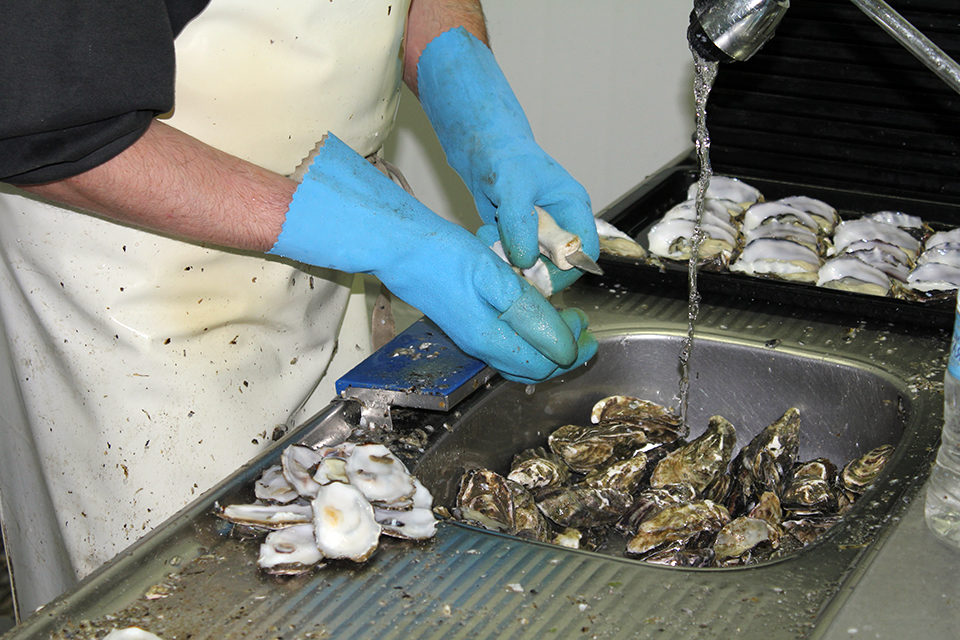Published
10 months agoon

As the year winds down, the United States faces a quadruple viral onslaught—flu, COVID-19, norovirus, and respiratory syncytial virus (RSV). Each of these illnesses is surging, posing significant health risks nationwide.
The Centers for Disease Control and Prevention (CDC) has raised alarms about rising cases of influenza A, COVID-19, and norovirus (commonly known as the stomach flu). Adding to the concern is RSV, a virus that causes cold-like symptoms but can severely impact the respiratory system, particularly in young children and the elderly.
Norovirus. The “Winter Vomiting Bug”
Norovirus, often called the “winter vomiting bug,” is making its seasonal return with a sharp rise in outbreaks. The CDC reported 91 norovirus outbreaks during the week of December 5, compared to 69 the previous week. Highly contagious, norovirus spreads through contaminated surfaces, food, water, and close contact with infected individuals.
As these viruses circulate, the CDC advises taking precautions such as handwashing, mask-wearing in crowded spaces, and staying up to date with vaccinations to mitigate risks during this challenging season.
What Is Norovirus?
Norovirus accounts for 58% of foodborne illnesses in the U.S. First identified in Norwalk, Ohio, during the 1970s, it is sometimes referred to as the Norwalk virus.
Belonging to the Caliciviridae family of RNA viruses, norovirus infects humans and animals like pigs, cows, rabbits, and dogs. Outbreaks are most common between November and April, often called “norovirus season.”
How Does Norovirus Spread?
Norovirus is incredibly contagious and spreads through direct contact with contaminated surfaces, food, water, or infected individuals. Infection occurs when:
—People touch contaminated surfaces or infected individuals and then touch their mouth, nose, or eyes.
—They consume food or beverages containing virus particles.
—They share food, eating utensils, or have close personal contact with infected individuals.
—The virus primarily targets the small intestine, causing inflammation and leading to gastroenteritis—symptoms include diarrhea, vomiting, and stomach cramps.
What makes norovirus particularly difficult to control is its resilience. It can survive on hard and soft surfaces, including bedding, for up to two weeks, thriving in various environments.
Is Norovirus Airborne?
While norovirus is not airborne like influenza or COVID-19, it can become aerosolized. If an infected person vomits, tiny droplets containing the virus may be released into the air, leading to potential infection if inhaled.
This month, three separate cruise ship outbreaks in Hawaii and the Caribbean sickened 301 passengers—the highest number of cruise ship norovirus outbreaks ever recorded in a single month.
As norovirus cases rise, public health officials emphasize preventive measures such as frequent handwashing, disinfecting surfaces, and avoiding shared food or utensils. These steps are crucial to curbing the spread of this persistent and disruptive virus.

Norovirus and Oysters. A Risky Connection
Raw or undercooked shellfish, particularly oysters, are known carriers of norovirus, posing a risk to consumers. Oysters filter their food from large volumes of water through a process called “filter feeding.” This process can expose them to contaminants, including norovirus, from polluted waters. Even tiny amounts of contaminated water can harbor enough virus particles to cause illness.
The U.S. Food and Drug Administration (FDA) has issued advisories against consuming or selling oysters from certain harvest periods and companies in British Columbia, Canada, due to potential norovirus contamination. This warning applies to restaurants, retailers, and consumers alike.
Outbreaks Linked to Oysters
Oysters have been implicated in several norovirus outbreaks globally:
—In 2022, a multistate outbreak in the U.S. was traced to raw oysters harvested from Texas waters.
—In 2023, multiple outbreaks in Europe were linked to oysters.
Despite these cases, a senior CDC scientist clarified that oyster-related outbreaks account for a small proportion of total foodborne outbreaks. “Eating raw seafood always carries a risk of intestinal infections like norovirus, but at least 80% of norovirus cases are transmitted via person-to-person contact.”
The U.S. is witnessing a significant spike in norovirus cases this winter. According to CDC data:
A norovirus outbreak is defined as two or more linked cases of illness traced to a common source, such as contaminated food or close contact in a specific setting.
The Role of a New Strain
This season, a relatively new strain of norovirus, GII.17, has become dominant, replacing the previously prevalent GII.4 Sydney strain.
While norovirus cases are expected to rise during the colder months, the emergence of a new strain and its rapid spread illustrates the importance of preventive measures, including proper hand hygiene and avoiding raw or undercooked seafood.
Norovirus symptoms typically appear 12 to 24 hours after exposure, though they can manifest as quickly as 10 hours. The hallmark symptoms include:
These symptoms usually last 24 to 36 hours, but their impact can be severe, particularly due to dehydration.
Treatment of Norovirus
There is no specific medication to treat norovirus. Recovery relies on symptom management, particularly addressing dehydration.

What is RSV?
Respiratory syncytial virus (RSV) is a common virus that infects the breathing passages and lungs. According to the Mayo Clinic, most children contract RSV by the age of 2. RSV can infect anyone, from infants to the elderly.
Vaccines are available for:
Older adults
Pregnant individuals (to help protect newborns)
Severity of RSV
While most cases of RSV are mild, certain groups are at higher risk of severe infection, including:
Premature babies
Infants
Older adults
Individuals with heart or lung disease
Those with weakened immune systems
What Are the Symptoms of RSV?
In most cases, RSV symptoms are similar to those of a common cold. According to the Cleveland Clinic, these symptoms include:
Sore throat
Congestion
Cough
Fever
Lack of energy
Mild headache
Runny nose
Severe RSV Symptoms


Taiwan’s ‘Historic’ TSMC Deal, A Win Or The End Of Its ‘Silicon Shield’ As China Threatens? A Jittery Taiwan Watches Trump’s Moves On Ukraine, Wondering, Could We Be Next?


America And China’s Thirst For Gold In 2025 Is Draining Other Countries’ Reserves; Here’s Why?


Is Ukraine Now Stuck In The US-Russia Ecosystem? Could Zelensky Have Made A Deal To Stop The War, Is Trump Right?


Why Are Japanese Companies Not Happy With Trump? How Trump 2.0 Is Shaking The World Into A ‘Rude’ Awakening?


Delta Airline Crash, It Flipped On Its Roof! A String Of Plane Crashes In 2025. What’s Happening?


Trump’s Commendable Proposal. A Summit With Putin And Xi Jinping To Halve Military Budgets—Arms Reduction, Can It Happen?
